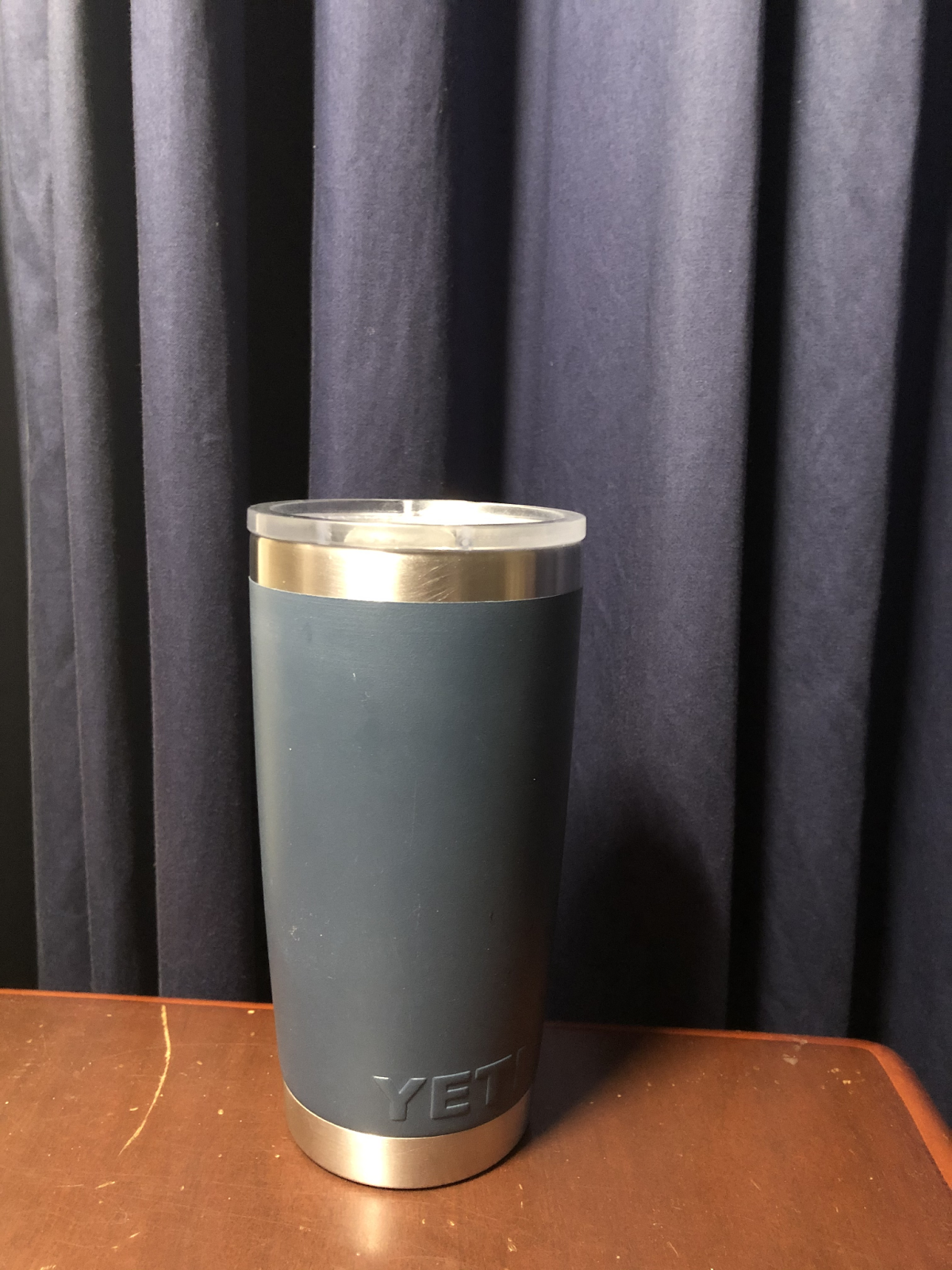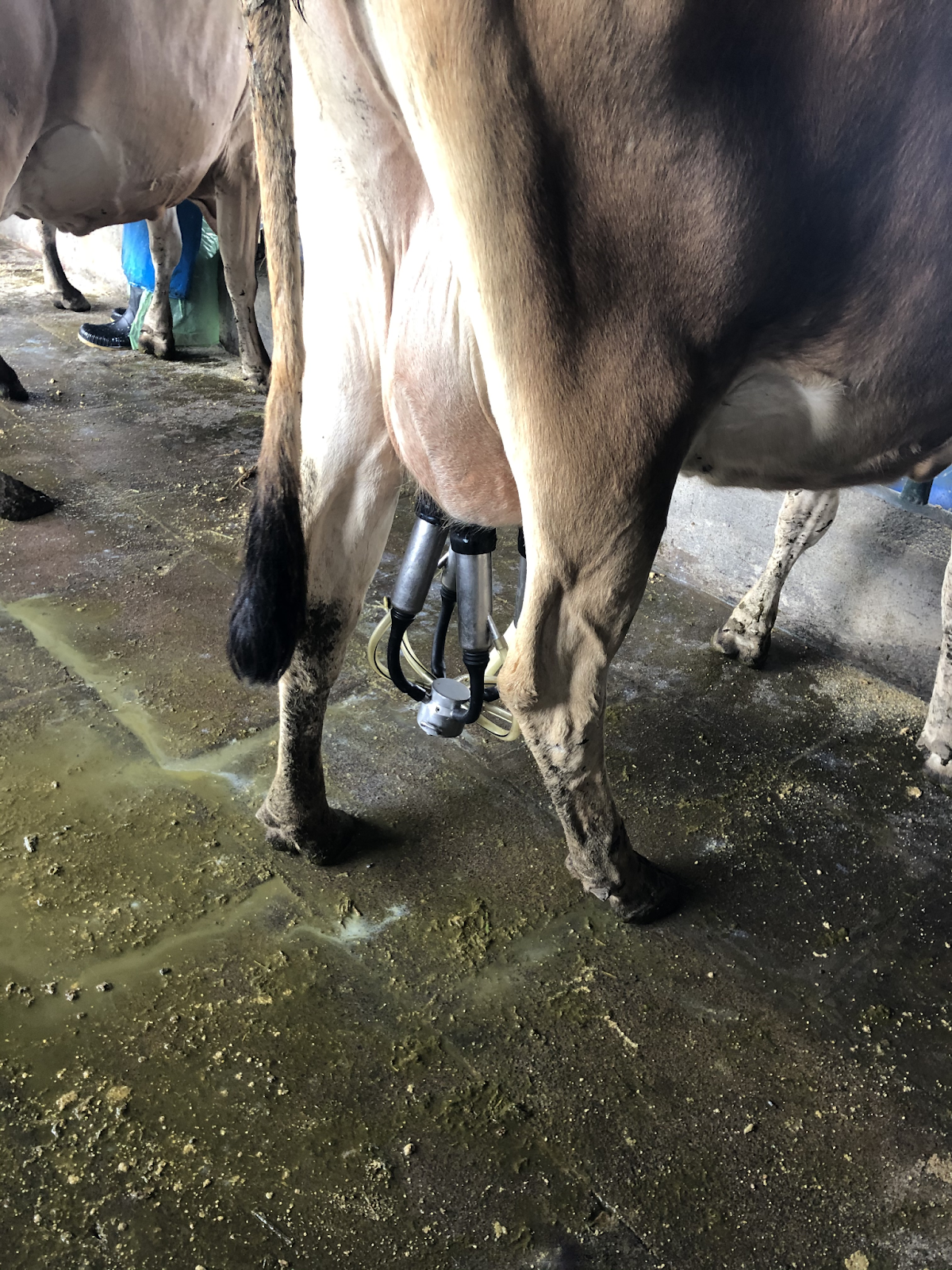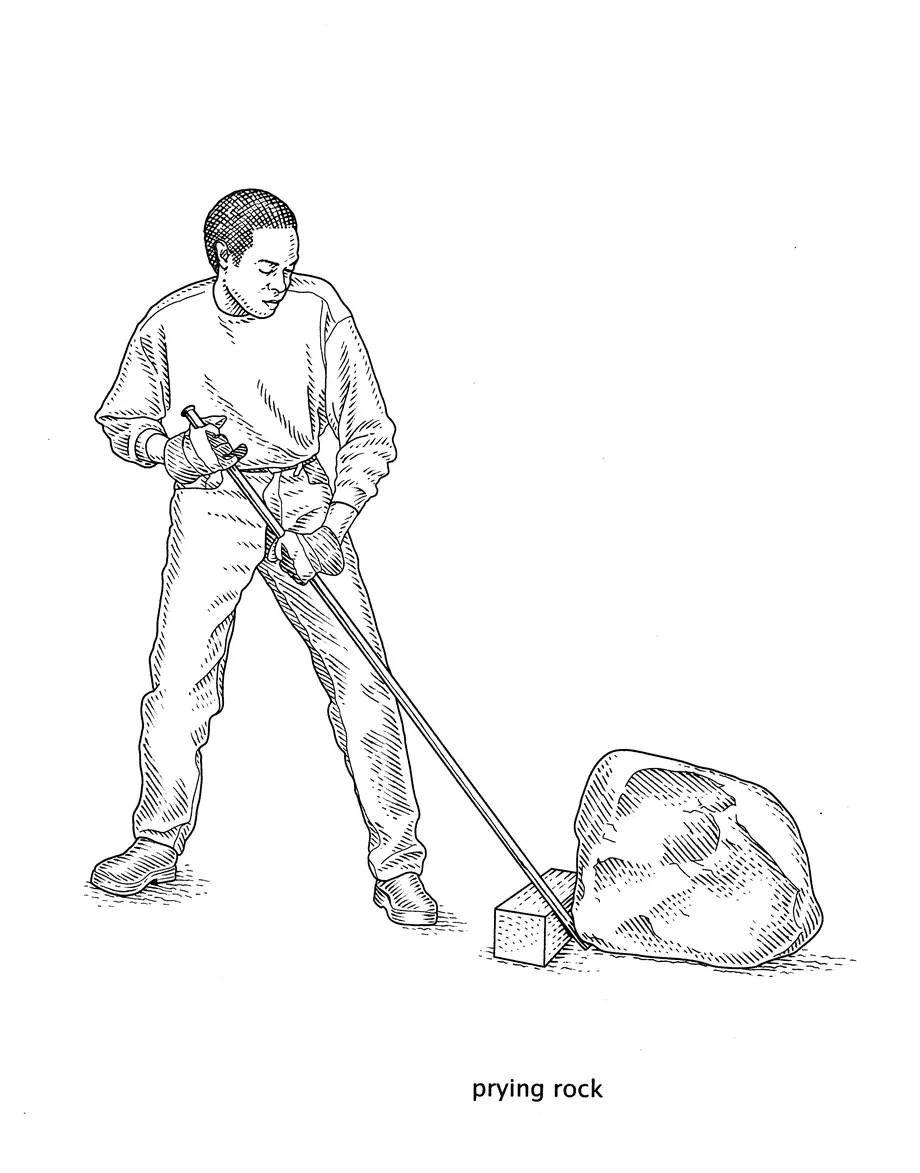KNOWLEDGE AND TECHNOLOGY
HOW CAN WE KNOW THAT CURRENT KNOWLEDGE IS AN IMPROVEMENT UPON PAST KNOWLEDGE?

Photograph of Yeti Cup, Rancho Redondo. 15 May. 2021.
Author’s personal collection.
This image is a Yeti cup. Yeti cups are widely known for their double-wall vacuum insulation which
keeps drinks cold (or hot) twice as long as its plastic counterparts. In other words, it maintains a
constant temperature for the drink for long periods of time.
The creation of insulated cups have derived from knowledge on mechanical engineering. Mechanical
engineering is an area that comes from the combination of both knowledge in physics and knowledge in
mathematics with scientific materials to create mechanical systems. With this in mind, there are
several branches to mechanical engineering, and one of those is thermal engineering or
thermodynamics. Thermodynamics is the branch that deals with heat and temperature. It is with this
branch of mechanical engineering that people were able to create thermal cups with the idea that the
temperature of the drink does not regulate.
With the knowledge that people had in mechanical engineering, they were able to improve those and
apply them to other areas. For instance, when we have a drink and want it to be cold, we place ice
cubes, but then these would melt the drink would lose that cold temperature and go back to its room
temperature; but when people began to improve their knowledge in thermodynamics, they would take
into consideration these observations. Which is why Yeti cups are famous. They created a cup that
has double steel walls with a vacuum in between them. This vacuum keeps the content of the bottle at
the same temperature. Our knowledge in physics has allowed us to discover the use of vacuum and
combining this with mathematical knowledge we are able to create insulated items, some of which can
be as small as a cup or as big as a fridge. Our current knowledge has derived from improvements upon
past knowledge.

